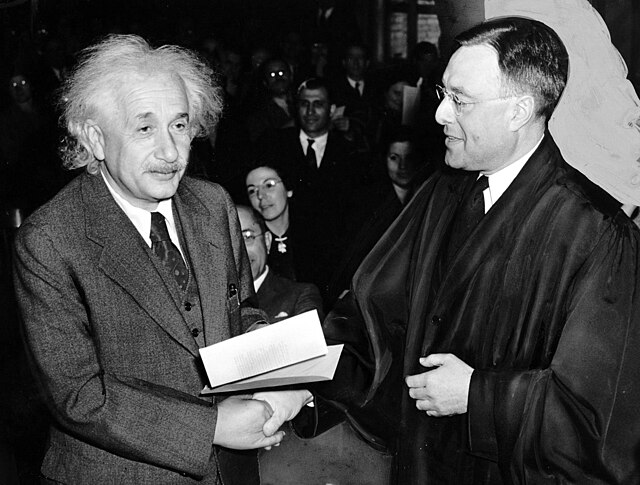Kawakita v. United States
Kawakita v. United States, 343 U.S. 717 (1952), is a United States Supreme Court case in which the Court ruled that a dual U.S./Japanese citizen could be convicted of treason against the United States for acts performed in Japan during World War II. Tomoya Kawakita, born in California to Japanese parents, was in Japan when the war broke out and stayed in Japan until the war was over. After returning to the United States, he was arrested and charged with treason for having abused American prisoners of war. Kawakita claimed he could not be found guilty of treason since he had lost his U.S. citizenship while in Japan, but this argument was rejected by the courts, which ruled that he had in fact retained his U.S. citizenship during the war. Originally sentenced to death, Kawakita's sentence was commuted to life imprisonment, and he was eventually released from prison, deported to Japan, and barred from ever returning to the United States.

Kawakita at the Alcatraz Federal Penitentiary on November 3, 1953, shortly after having his death sentence commuted
Associate Justice William O. Douglas wrote the opinion of the Court in the Kawakita case.
Tomoya Kawakita, in a photograph taken at his 1948 trial for treason
Chief Justice Fred M. Vinson wrote the dissent in the Kawakita case.
United States nationality law
United States nationality law details the conditions in which a person holds United States nationality. In the United States, nationality is typically obtained through provisions in the U.S. Constitution, various laws, and international agreements. Citizenship is established as a right under the Constitution, not as a privilege, for those born in the United States under its jurisdiction and those who have been "naturalized". While domestic documents often use the words citizenship and nationality interchangeably, nationality is a broader term that refers to national identity and formal membership in a nation, while citizen is reserved to nationals who have the recognized status of citizenship.
Physicist Albert Einstein receiving his Certificate of Naturalization from Judge Phillip Forman in 1940
A judge swears in a new citizen. New York, 1910
A State Department certification of report of birth, issued between 1990 and 2010
A State Department consular report of birth abroad, issued beginning 2011








